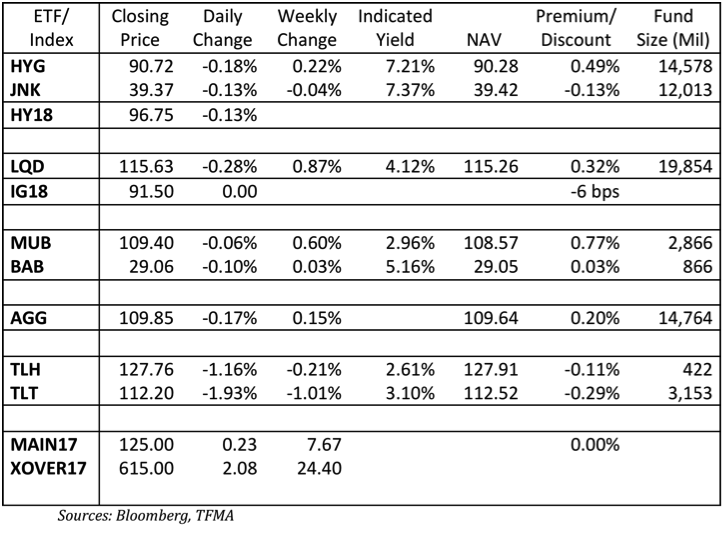The T Report: Dueling PMI’s and Jobs in Europe
Chinese PMI has given people the chance to show just how bullish or bearish they are, and their willingness to spin the data to suit their view.
The bulls point to the “official” data and say the bounce is real and holidays had a bigger impact than people realized.
The bears (including me) find the HSBC numbers more convincing as they have less reason to lie, and the number is bad.
The uber-bulls, have gone as far to say that the official data shows that the landing is likely to be soft, which is good, and the HSBC data means that easing is still on the table which is also good. I have heard that argument made. These two pieces of data are supposed to be measuring the same thing, so whether you believe one source or the other, you cannot have it both ways.
If anything, it feels like there is far more bullish spin on the Chinese data and what it means, than there was negative spin. That strikes me as though too many people are still looking for any excuse to rally and are very nervous about anything that could cause the market to go down. It is a sign that people are long and pretty fully committed.
Unemployment increased in Europe. Ireland remained at 14.7%. Portugal is at 15% which continues the gradual increase there. Greece couldn’t come up with a number. Italy is at 9.3% which is below the average for the Eurozone, but is on the rise at a faster pace than the Eurozone as a whole.
Then there is Spain. 23.6% unemployment. That is not only up from last month, but it is a stunning figure. Basically 1 in 4 Spaniards is unemployed. So the banks are living on free money from the ECB, and I can only assume the people are living on some form of handout from the government.
What exactly does a firewall do to help the Spanish economy? All that it can do is hope to keep yields low enough that no one gets scared enough to dig too deeply into the situation.
With unemployment on the rise, it will be hard for Europe to turn anything around, and it has been over 3 months since LTRO1, so if the LTRO was going to do much for the economy (as opposed to just banks) we should have seen some indications by now.
We get our own data out at 10 am. If the past 2 weeks is any indication, expect misses, as it is becoming more clear that the good data in January and February was heavily skewed by the unseasonably warm weather that wasn’t seasonally adjusted properly.
Markets remain pretty calm and fairly flat. Credit is a tad wider, stocks are down a touch. Spanish bonds opened the quarter lower, shot higher, but are drifting back to unchanged. These are the bonds to watch, as there is growing concern that the “catalyst” for another round of the European Debt Crisis is Spain and it could be now. As recently as 2 weeks ago, the only time “catalyst” was used in a financial report was in the context of “I don’t see a catlayst“, or “there is no near term catalyst” or “things may be bad, but with LTRO, there is no catalyst”, etc.
The ETF’s seem to be trading at less of a premium to NAV (though sometimes that gets a bit sketchy on the dividend date), confirming that investor appetite for fixed income risk, and credit risk in particular is waning. IG18 is still trading at a disturbing premium of almost 6 bps. Until that richness is absorbed, it will be hard to get a sustained rally in that index.
The first trading day of the quarter has been positive going back for a couple of years, so wouldn’t expect a big down move, if any today.

